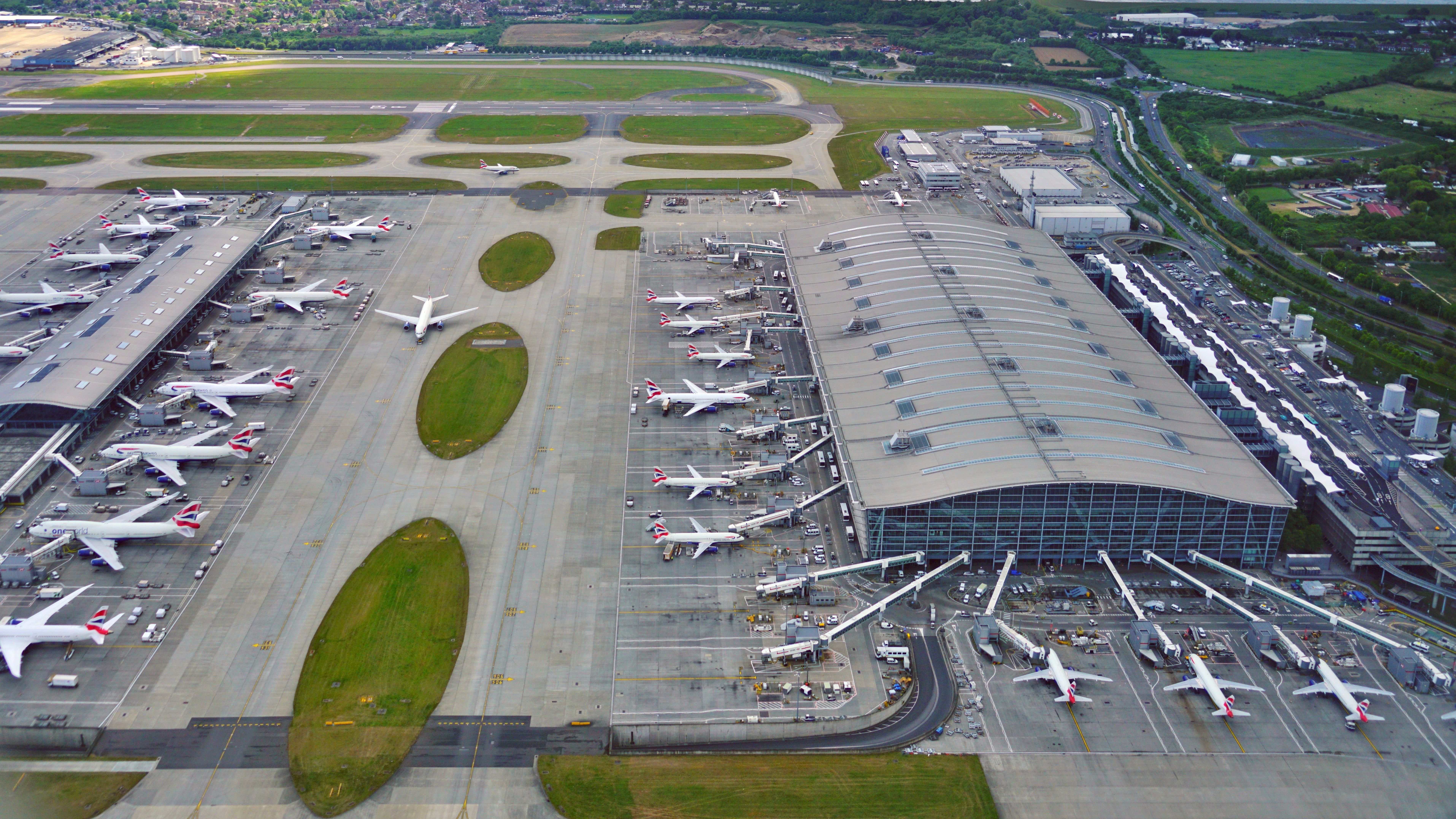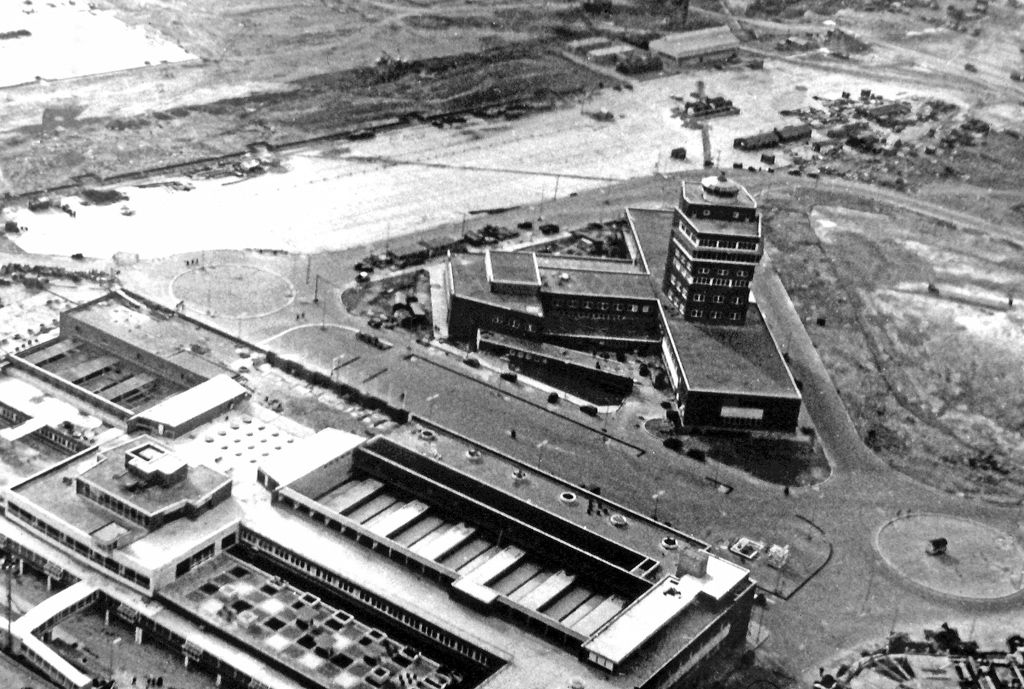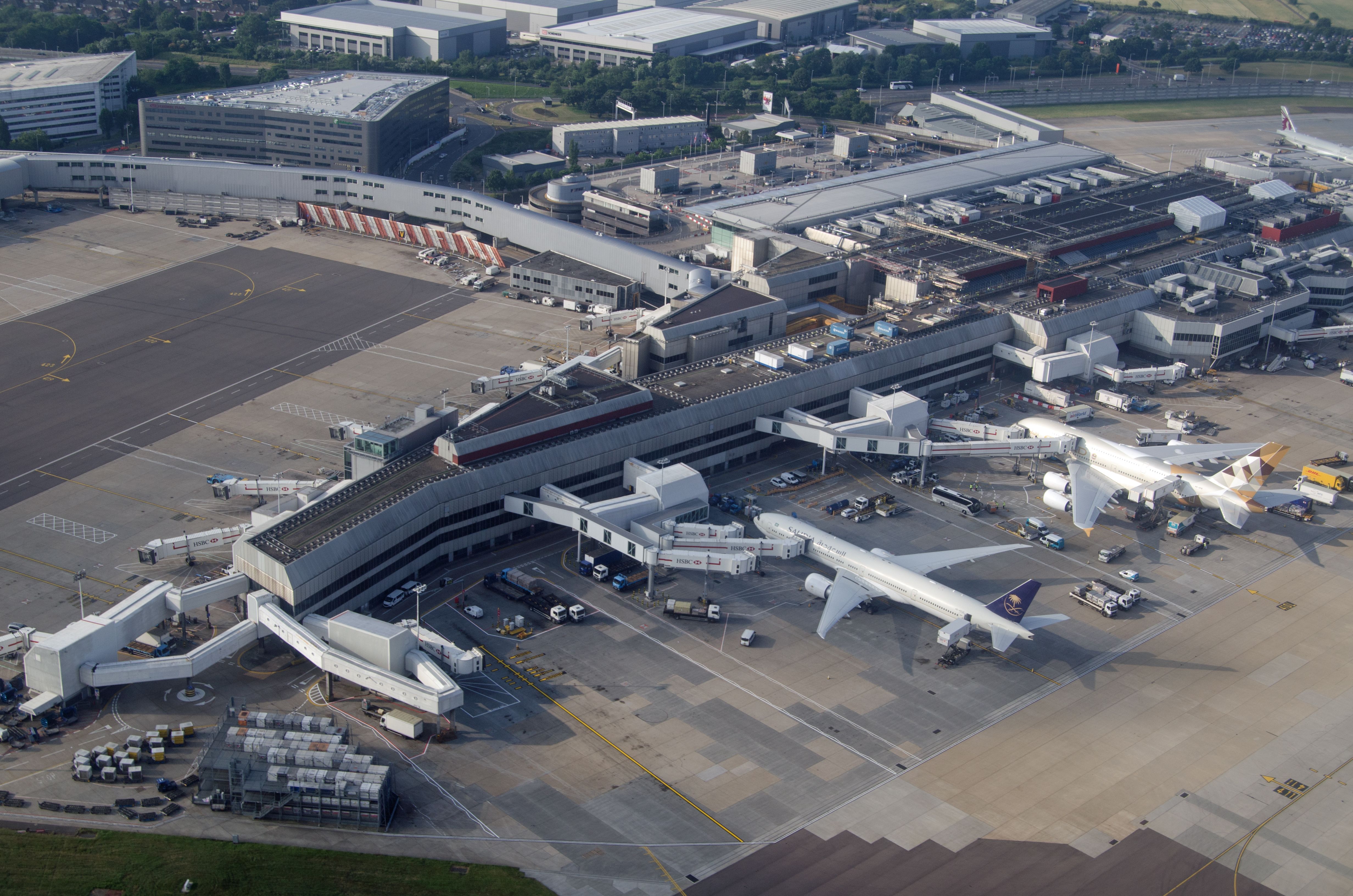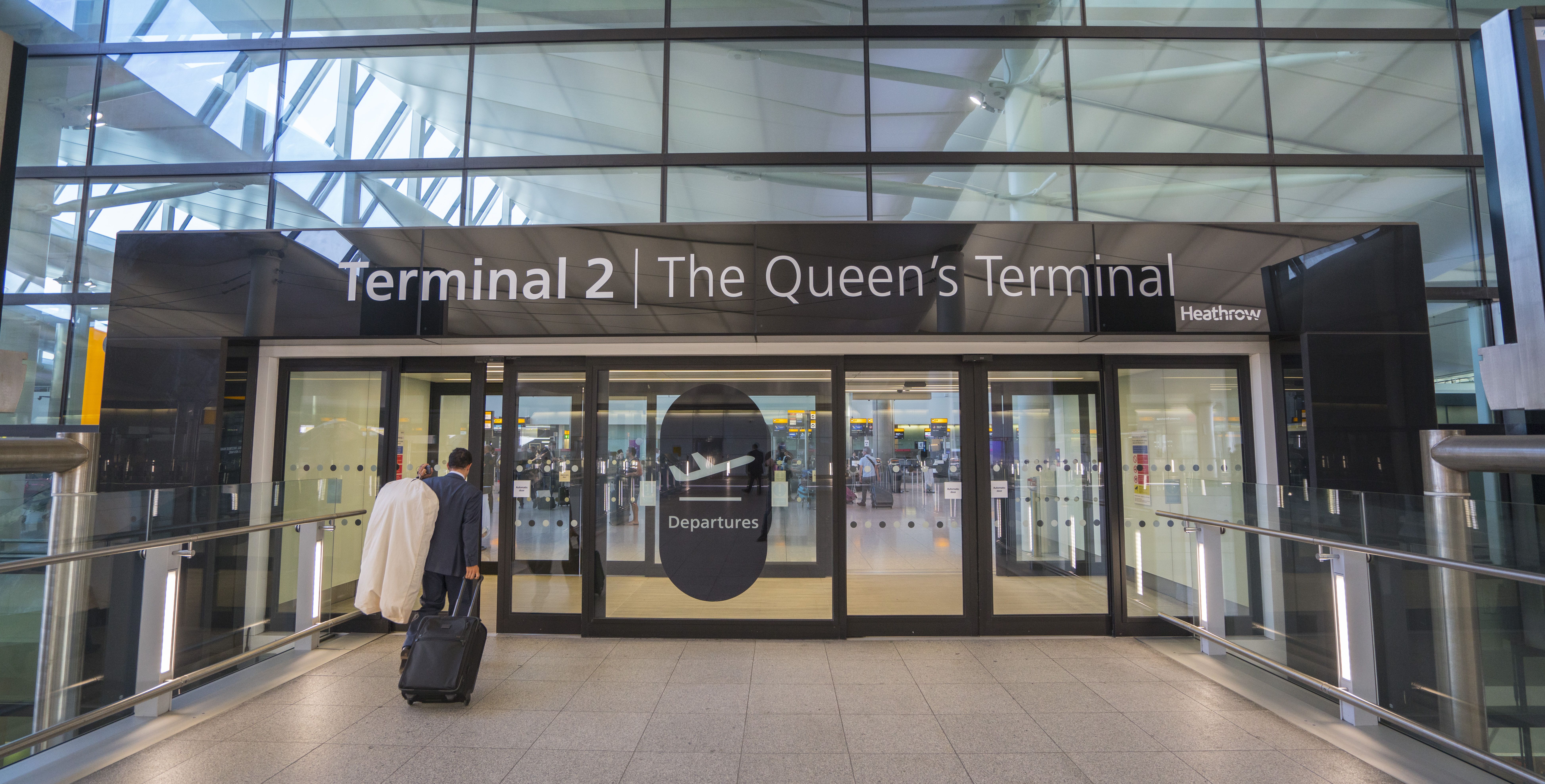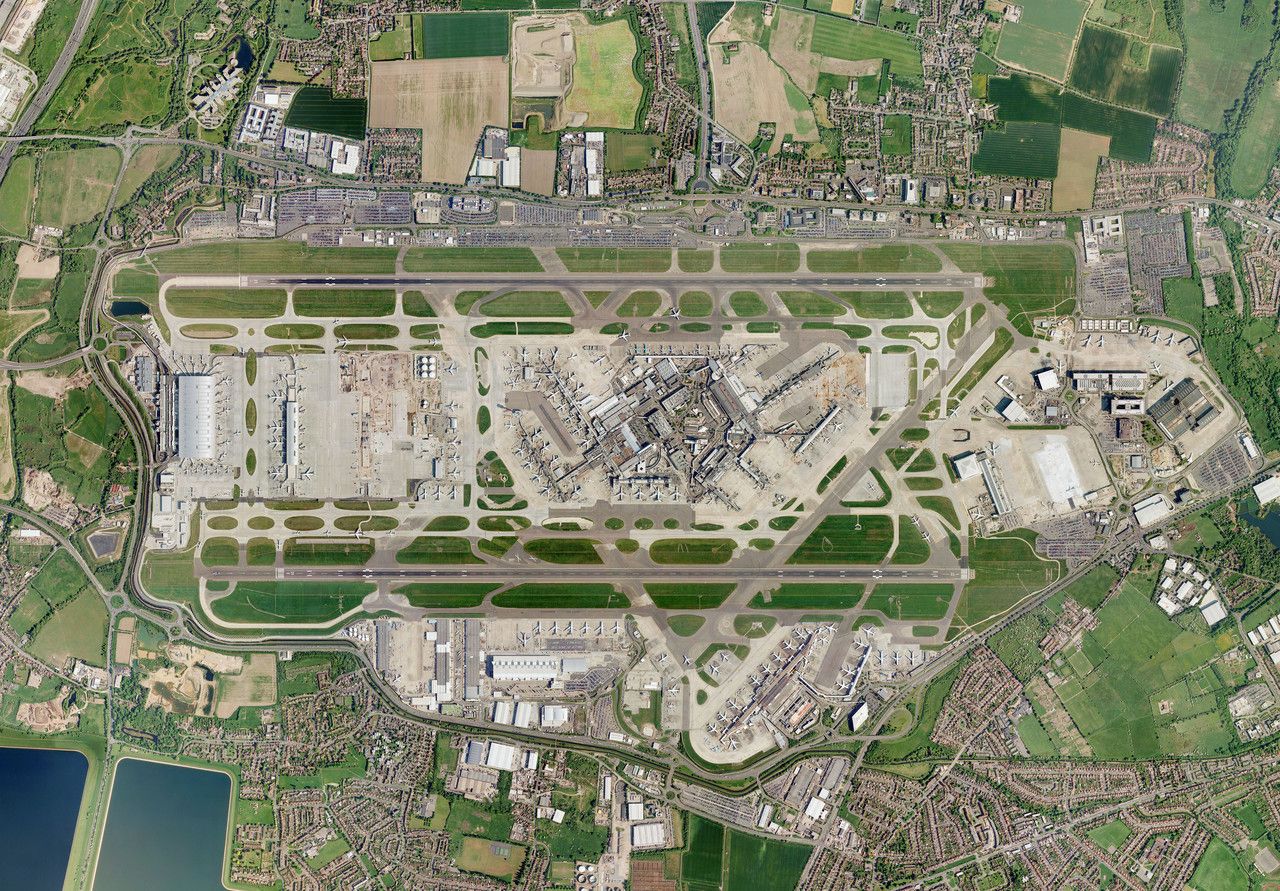London Heathrow Airport (LHR) is the UK’s busiest airport, as well as the second-busiest in the world for international passenger traffic. Now operating with four passenger terminals following the closure of Terminal 1 in 2015, the facility has a fascinating history that stretches back over a century.
The airport's first official terminal building opened in 1955, while its most recent new terminal, Terminal 5, opened in 2008. Technically, it has opened another new terminal of sorts since then in the revamped Terminal 2, with the former T2 closing in 2009 to make way for the new, modern development.
The early days
The establishment of Heathrow as a base for aviation dates back as far as 1915. Now, over a century ago, Fairey Aviation used the nearby site at Northolt Aerodrome to assemble and test its aircraft. This is situated around six miles away from today’s Heathrow Airport. Richard Fairey started purchasing land on the current Heathrow site from 1929 onwards, opening it as an airfield in 1930.
However, it would be the mid-1950s before any permanent passenger terminals were built. The first to arrive was Building 1, known as the ‘Europa’ building, which was opened in 1955 by Queen Elizabeth II. Then, in 1956, it was extended with a second building named ‘Britannic’ designated for domestic flights. Today, this is better known as Terminal 2, or ‘The Queen's Terminal.’
As activity continued to increase at London’s key airport, the 1960s saw demand for longer-haul international flights. In order to cope with an influx of travel demand, a new terminal was built, known as the ‘Oceanic’ terminal. Opened in 1961, the terminal was constructed at a cost of £3 million (83.7 million ($106.2 million) today, adjusted for inflation), and catered to departing flights only.
Interestingly, this new international terminal was not a popular place with visitors. The reason for this was an incredibly uncomfortable climate inside the building, as it was too hot in summer, and very cold in winter. It took 20 years for this problem to be resolved, when refurbishment works discovered that a tile-cutting machine had been left in the ducts and was blocking the heating and air conditioning.
All change
In 1968, the airport brought a new short-haul terminal into operation, designated as Terminal 1. This meant a shift for all the other terminals: Buildings 1 and 2 (Europa and Britannic) would be combined to become Terminal 2, while Oceanic was renamed Terminal 3. It was also around this time that it became officially known as Heathrow, having previously served as ‘London Airport’.
All three terminals were constructed in fairly close proximity to one another, inside the triangle of the airport’s runways. It was a sign of the times that Heathrow was wholly unprepared to provide car parking for its guests. Indeed, back then, flying was very much a privilege for the wealthy, and most passengers would arrive at the airport by chauffeur-driven car.
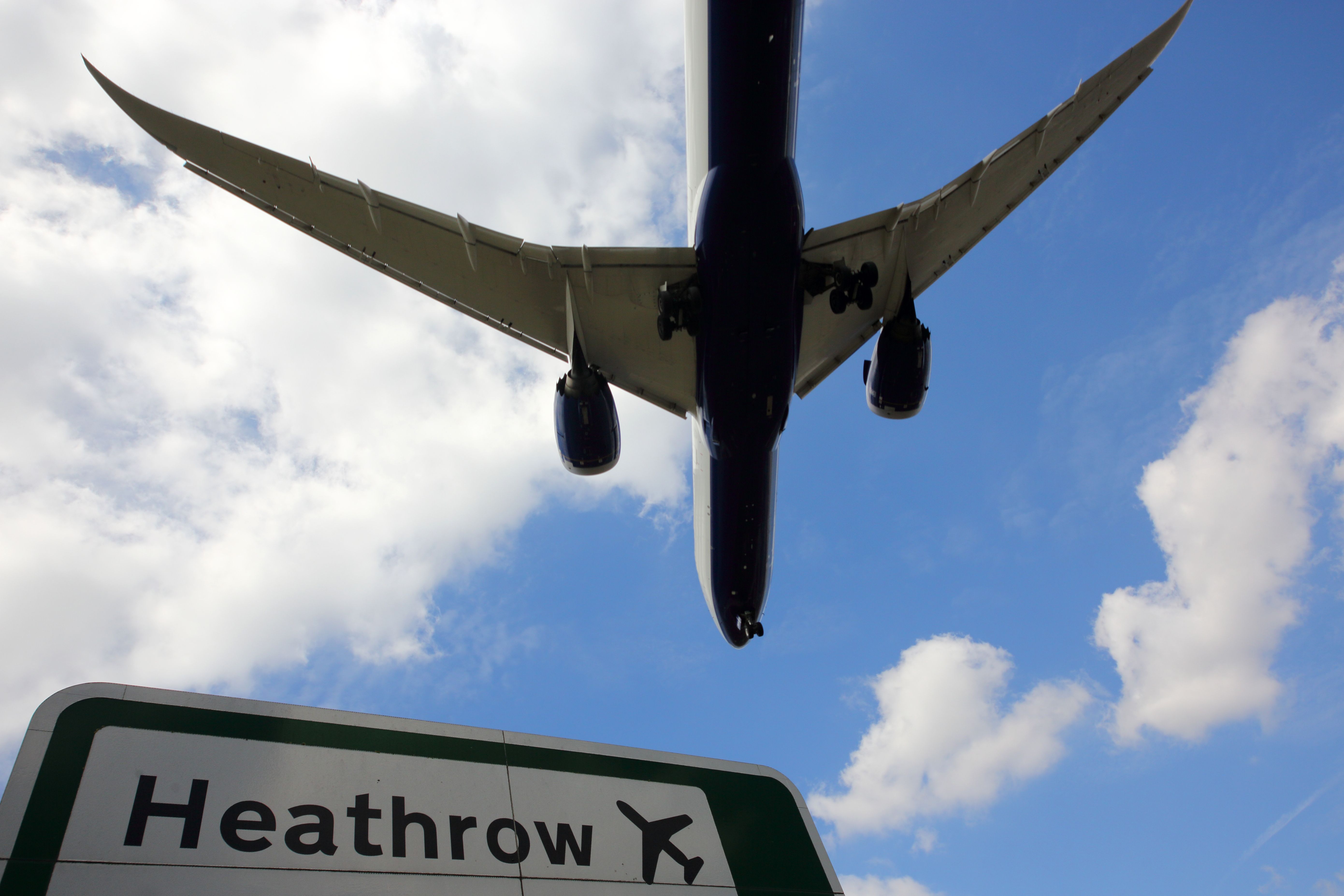
Originally Called London Airport: The Story Behind Heathrow's Name Change
The transition took place in 1966.That legacy haunts the airport to this day, with minimal opportunity to construct nearby car parking due to the buildings being so close together. Little did the airport planners realize that something was about to happen that would change aviation forever.
The Queen arrives
The 1970s brought with them the Boeing 747, a widebody jet that shrank the world for millions of people. With the arrival of the Queen of the Skies, airlines could now fly more people further than ever before, and more economically, opening up air travel to the masses.
To illustrate this, when Terminal 1 opened at the end of the 1960s, five million passengers a year passed through Heathrow. However, by the end of the 1970s, this number had already ballooned to some 27 million.
This demand led to the need for more terminal space, and in 1986, Terminal 4 opened to the public. This was the first terminal to be built outside the central complex, and was to be the home of British Airways for its long-haul operations. The London Underground's Piccadilly line was extended to serve this terminal, which had already been connected to the central terminal area.
Development continued in the subsequent years, with major redevelopment in 2005 for Terminal 1. A year later, 2006 saw the construction of a vast glass-fronted pier building at T3 at a cost of around £100 million. This accommodated four new aircraft stands designed to handle the world’s largest passenger plane: the Airbus A380.

Connecting Between London Heathrow Airport's Terminals: A Brief Guide
Heathrow provides airside connections, landside you need to use public transport.The final terminal to open was Terminal 5, in 2008. The main building in the complex is the largest free-standing structure in the United Kingdom, and it has been exclusively used as an IAG hub for British Airways and Iberia. Costing £4 billion, the terminal has three sub-terminals within it. Known as 5A, 5B, and 5C, these concourses are connected by an automated people mover.
A new Queen's Terminal, and T1 closes
Heathrow now has four operational passenger terminals following the closure of Terminal 1 in 2015. Its use had been gradually wound down, and at the time of its closure, it was only handling a small number of British Airways flights. Its final flight was BA970 to Hannover, Germany.
Only a year earlier, Heathrow had inaugurated its brand-new Terminal 2. The revamped terminal replaced the outdated T2 and Queen's Building which had been there for over half a century. The terminal is now used as a hub for Star Alliance airlines, among other carriers too, and can handle up to 30 million passengers annually.
Which London Heathrow Airport passenger terminal is your favorite? Let us know why in the comment section!

